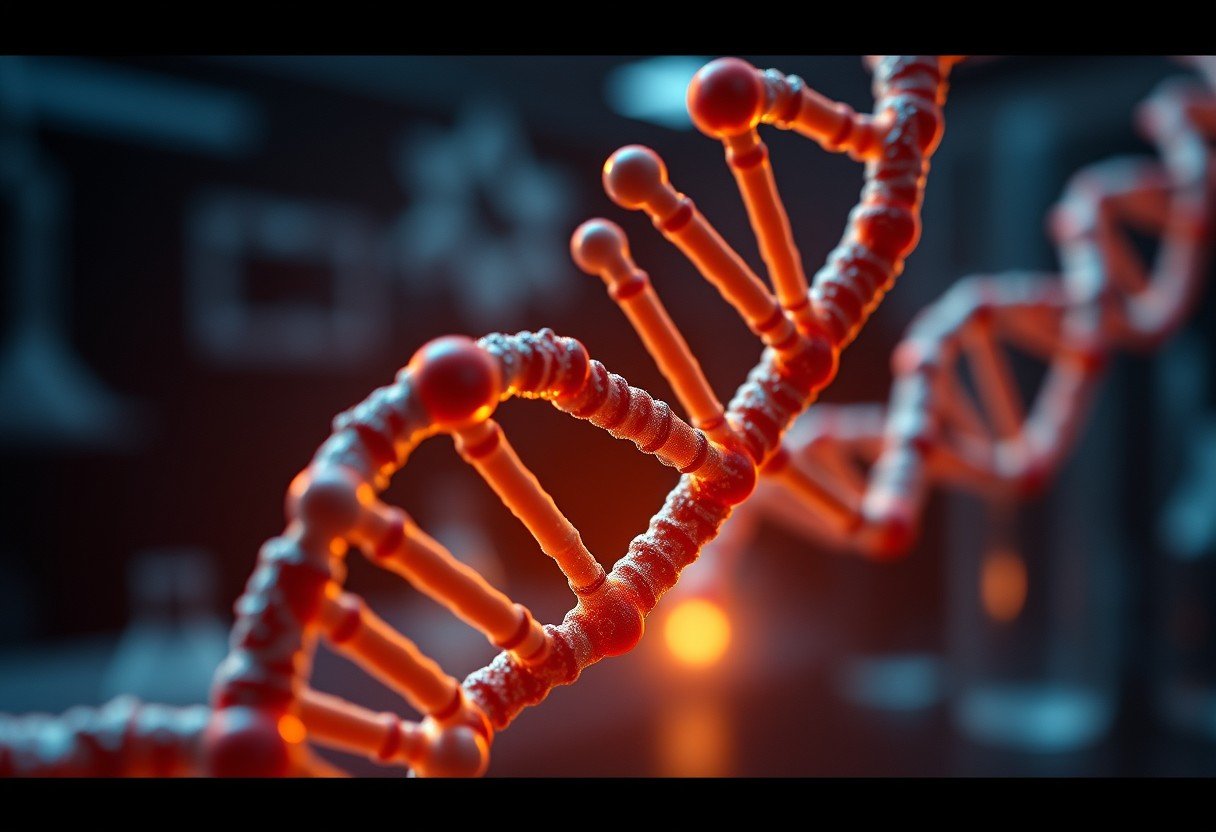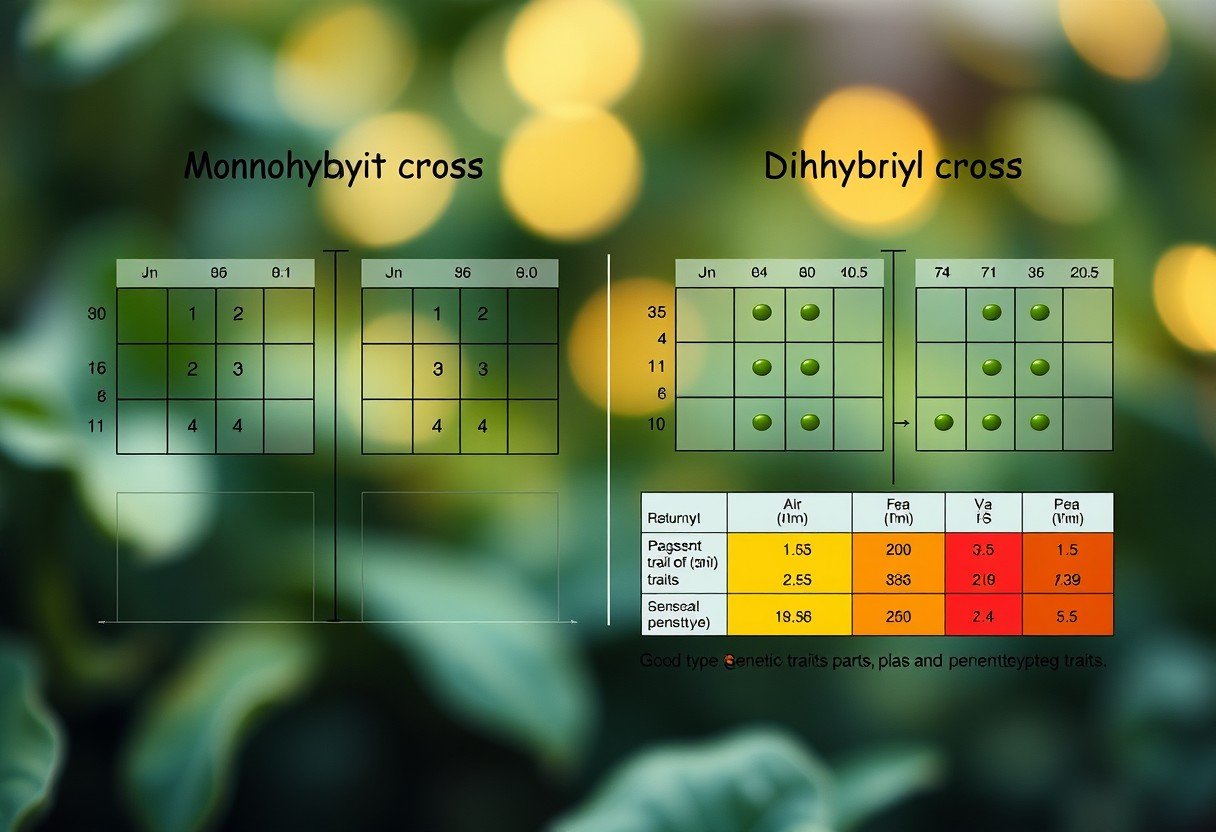Understanding how proteins interact within your cells is key to understanding life itself. The DNA Polymerase III holoenzyme is a critical molecular machine responsible for replicating DNA. Knowing which side of its protein components bind together is not just an academic question; it reveals how our genetic code is copied with incredible speed and accuracy, a process essential for cell division and growth. This article explores the specific binding sites and their importance.
What Is the DNA Polymerase III Holoenzyme?
The DNA Polymerase III holoenzyme is a complex and essential enzyme found in bacteria that acts as the primary builder during DNA replication. Think of it as the master construction crew for copying your genetic blueprint.
This enzyme is not a single protein but a large assembly of different subunits. It includes a core enzyme that performs the actual DNA synthesis, a sliding clamp that holds the enzyme onto the DNA, and a clamp loader that helps assemble the whole machine at the right spot.
This multi-subunit structure is vital for the fast and accurate replication of the bacterial genome, allowing cells to divide and multiply efficiently. Without it, the process would be slow and riddled with errors, which would be disastrous for the cell.
The Crucial Role of the Beta Clamp in Binding
At the heart of the DNA Polymerase III holoenzyme’s efficiency is a ring-shaped protein called the beta clamp. This component is central to understanding how the polymerase binds and functions.
The beta clamp encircles the DNA strand like a donut. This action tethers the core polymerase enzyme to the DNA template. By preventing the polymerase from floating away, the beta clamp dramatically increases its processivity, meaning it can copy thousands of nucleotides without detaching.
The C-terminal domain, or the “tail end,” of the core polymerase is what specifically binds to the beta clamp. This precise interaction ensures the polymerase is correctly positioned on the DNA, ready to synthesize a new strand with high fidelity. This stable connection is the secret to the rapid and continuous DNA synthesis that defines efficient replication.
How Scientists Map Protein Binding Sites
To understand these intricate connections, scientists must map the exact boundaries of the proteins involved. This involves identifying the specific regions or domains that physically touch and interact with other parts of the holoenzyme.
Researchers use several powerful experimental techniques to visualize these molecular interactions. Each method provides a different piece of the puzzle, helping to build a complete picture of the enzyme’s structure and function.
- X-ray Crystallography: This technique provides a high-resolution, static 3D image of the protein complex, allowing scientists to pinpoint the exact atoms involved in the binding interface.
- Nuclear Magnetic Resonance (NMR): NMR spectroscopy reveals information about the protein’s dynamics in a solution, showing how its shape might change upon binding to another component.
- Site-Directed Mutagenesis: By intentionally changing specific amino acids in the protein sequence, researchers can test which ones are critical for binding. If a change disrupts the interaction, that region is confirmed to be part of the binding site.
These methods have collectively shown that specific regions on the core polymerase and the beta clamp are essential for maintaining the stability and activity of the entire DNA Polymerase III holoenzyme.
DNA Polymerase III vs Other Polymerases
To fully appreciate the unique role of DNA Polymerase III, it helps to compare it with other DNA polymerases, such as DNA Polymerase I. While all polymerases build DNA, their structures and functions are specialized for different tasks within the cell.
The structural differences between these enzymes have profound effects on their jobs. The high processivity of DNA Polymerase III makes it perfect for replicating the entire genome, while DNA Polymerase I’s lower processivity is suited for its role in DNA repair and filling in small gaps.
| Feature | DNA Polymerase III | DNA Polymerase I |
|---|---|---|
| Primary Role | Main replicative polymerase | DNA repair and gap filling |
| Processivity | Very high (due to β-clamp) | Low |
| Structure | Complex multi-subunit holoenzyme | Single polypeptide chain |
| Proofreading | Yes (3′ to 5′ exonuclease) | Yes (3′ to 5′ exonuclease) |
Why Is This Binding Important for Genetic Stability?
The precise binding within the DNA Polymerase III holoenzyme is not just for speed; it is fundamental to maintaining genetic stability. The integrity of your genetic information from one generation of cells to the next depends on these accurate molecular interactions.
When the holoenzyme is correctly assembled, its proofreading subunit can effectively detect and remove any incorrectly added nucleotides. This ensures an extremely low error rate during DNA replication.
If this binding is compromised, the polymerase can become less accurate, leading to an increase in mutations and genomic instability. Such instability is a hallmark of many diseases, including cancer. Therefore, understanding this binding is crucial for both fundamental biology and human health.
Future of DNA Polymerase Research and Biotechnology
While we know a lot about the DNA Polymerase III holoenzyme, there is still more to learn. Future research aims to get an even clearer picture of its dynamic movements during replication using advanced techniques like cryo-electron microscopy (cryo-EM).
A deeper understanding of these binding mechanisms has exciting implications for biotechnology. By learning from nature’s design, scientists can engineer novel polymerases for specific tasks.
These engineered enzymes could be used to improve DNA sequencing technologies, enhance diagnostic tools, or create new methods for synthetic biology and gene editing. The knowledge gained from studying this fundamental process can be directly applied to develop powerful new tools that benefit medicine and research.
Frequently Asked Questions
Which part of the core polymerase binds to the beta clamp?
The C-terminal domain (the end region) of the core polymerase subunit contains a specific site that interacts directly with the inner surface of the beta clamp, locking it into place on the DNA.
What are the main components of the DNA Polymerase III holoenzyme?
The holoenzyme is made of three main parts: the core enzyme (which synthesizes DNA), the beta sliding clamp (which ensures processivity), and the clamp loader complex (which loads the clamp onto the DNA).
Why is the orientation of the binding important for DNA replication?
The correct binding orientation ensures the polymerase is positioned properly on the DNA template strand. This allows it to synthesize the new strand in the correct direction (5′ to 3′) and maintain high speed and accuracy.
Can the protein binding change during replication?
Yes, the interactions are dynamic. The clamp loader uses energy from ATP to open the beta clamp and place it on the DNA. Once loaded, the clamp changes its shape to bind the polymerase, initiating the synthesis process.
How does this binding improve replication efficiency?
The strong interaction between the polymerase and the beta clamp dramatically increases the enzyme’s processivity. This allows it to copy very long stretches of DNA without falling off, which greatly increases the overall speed and efficiency of genome replication.









Leave a Comment